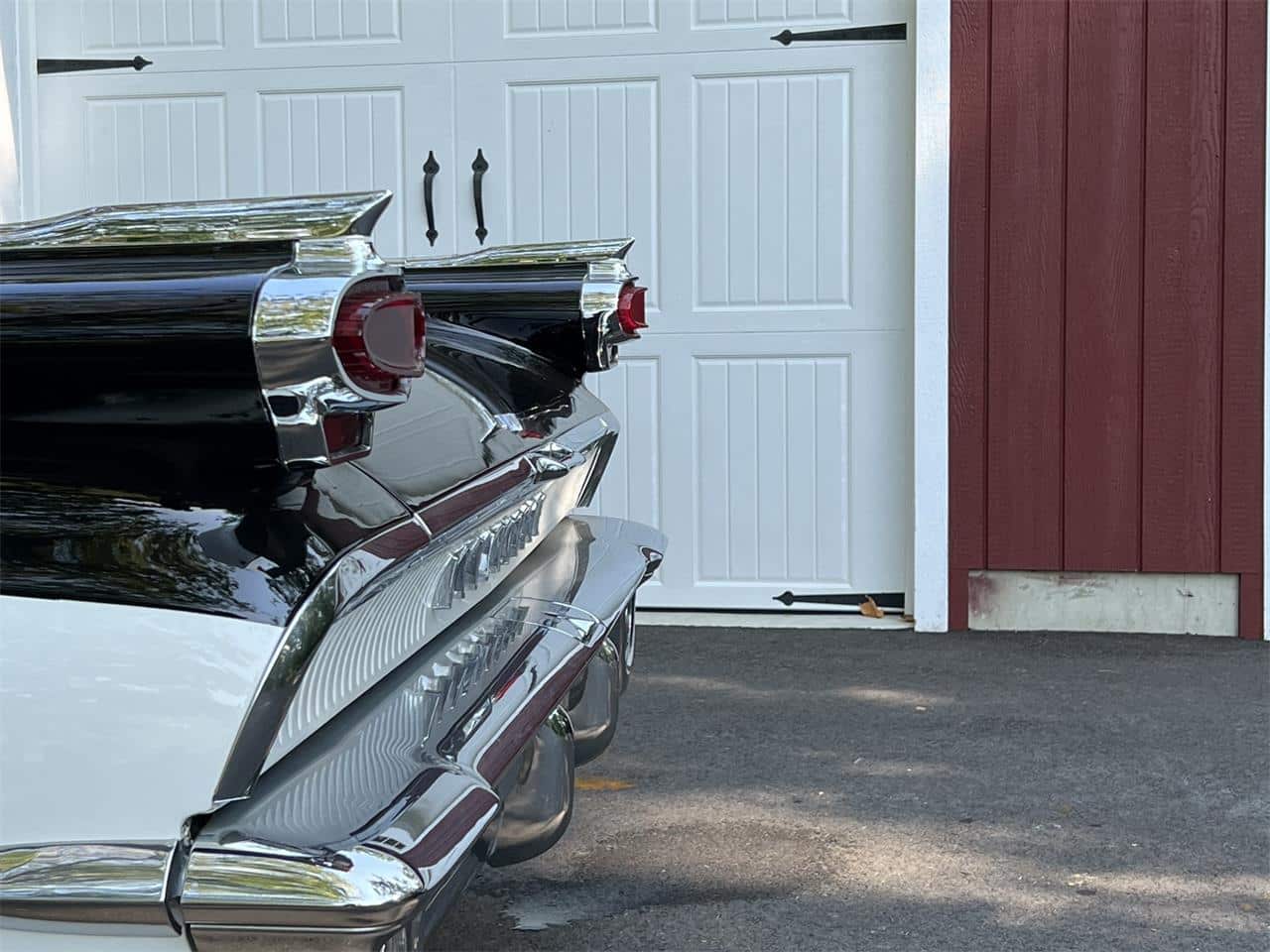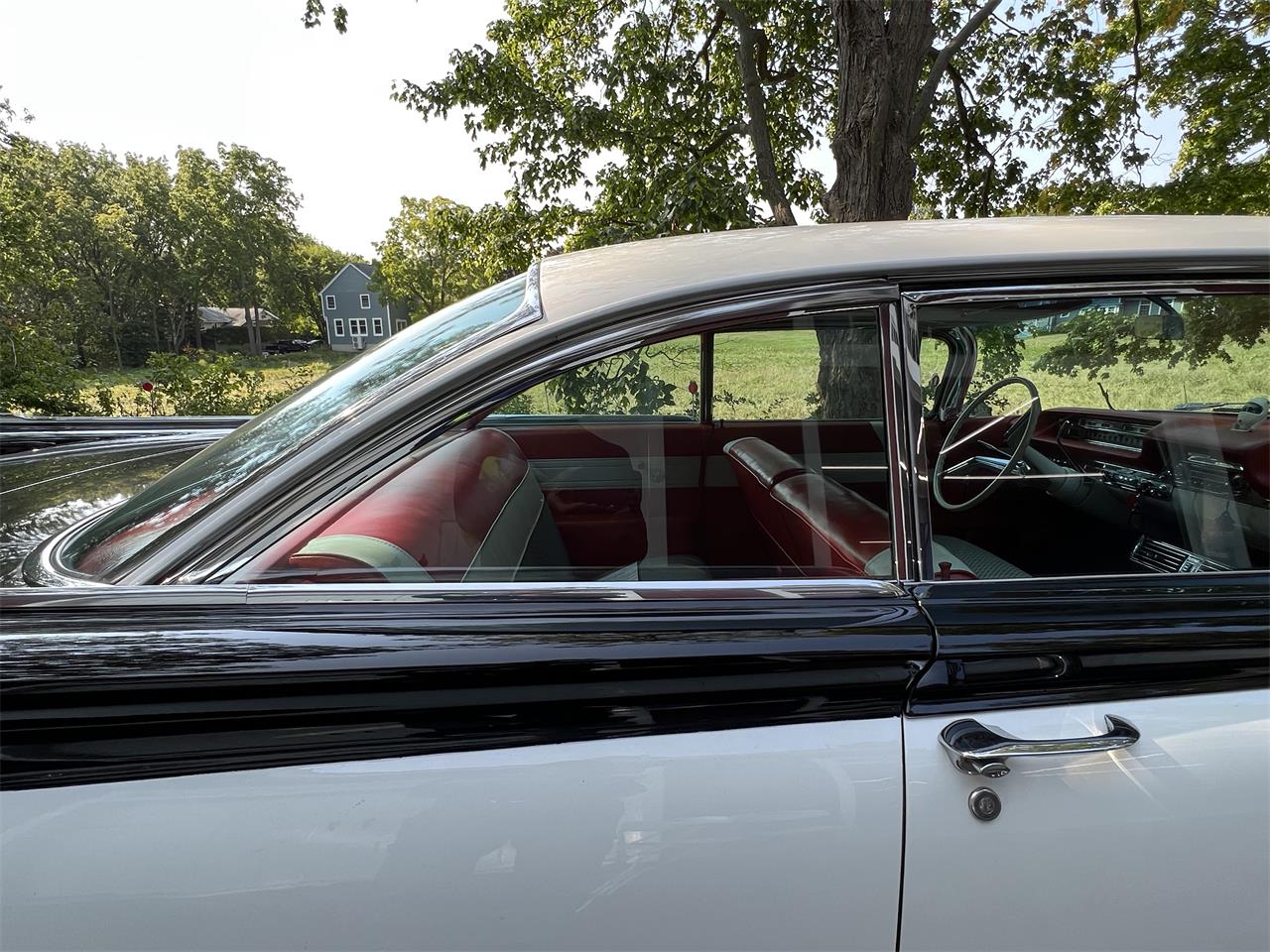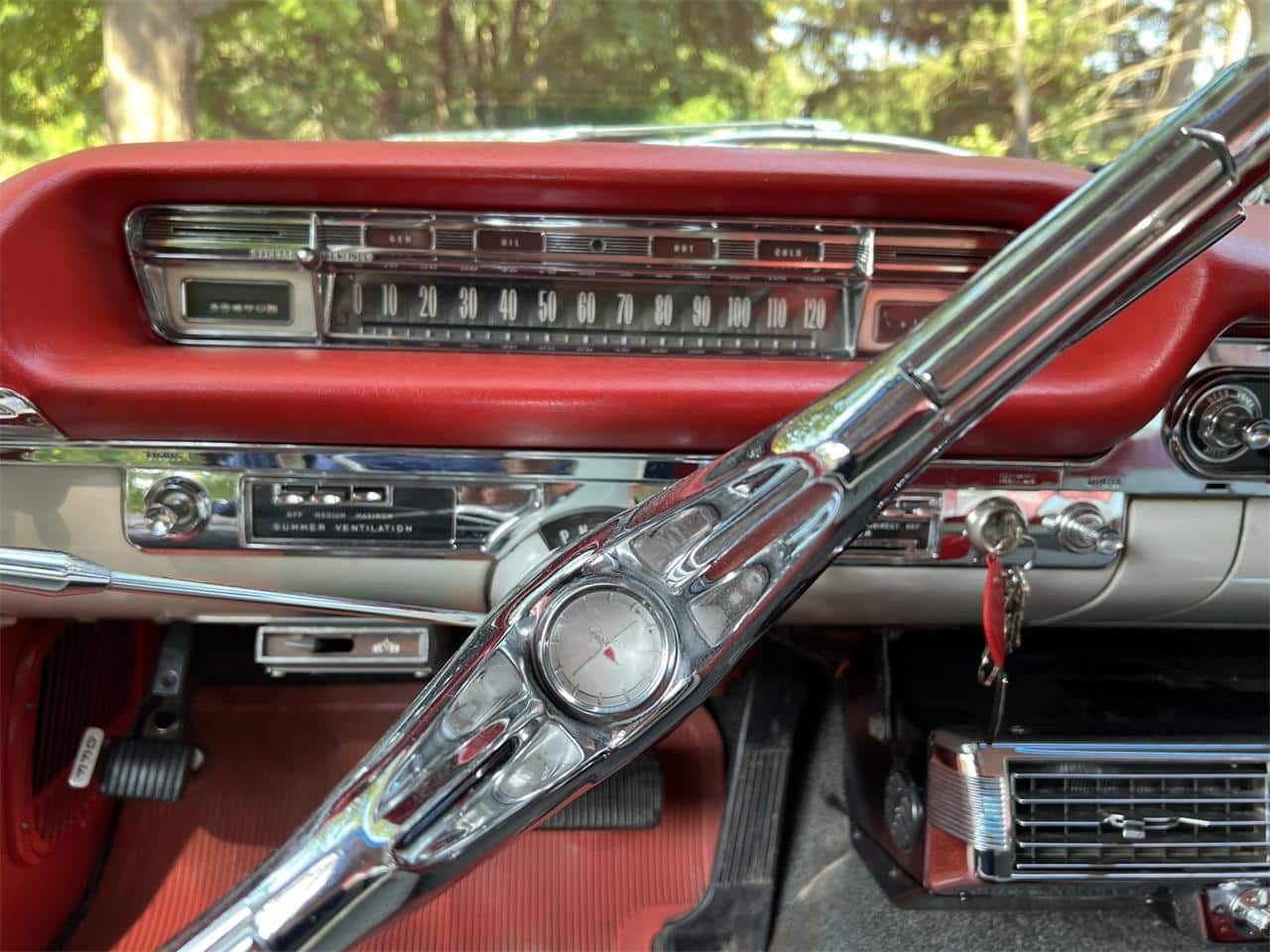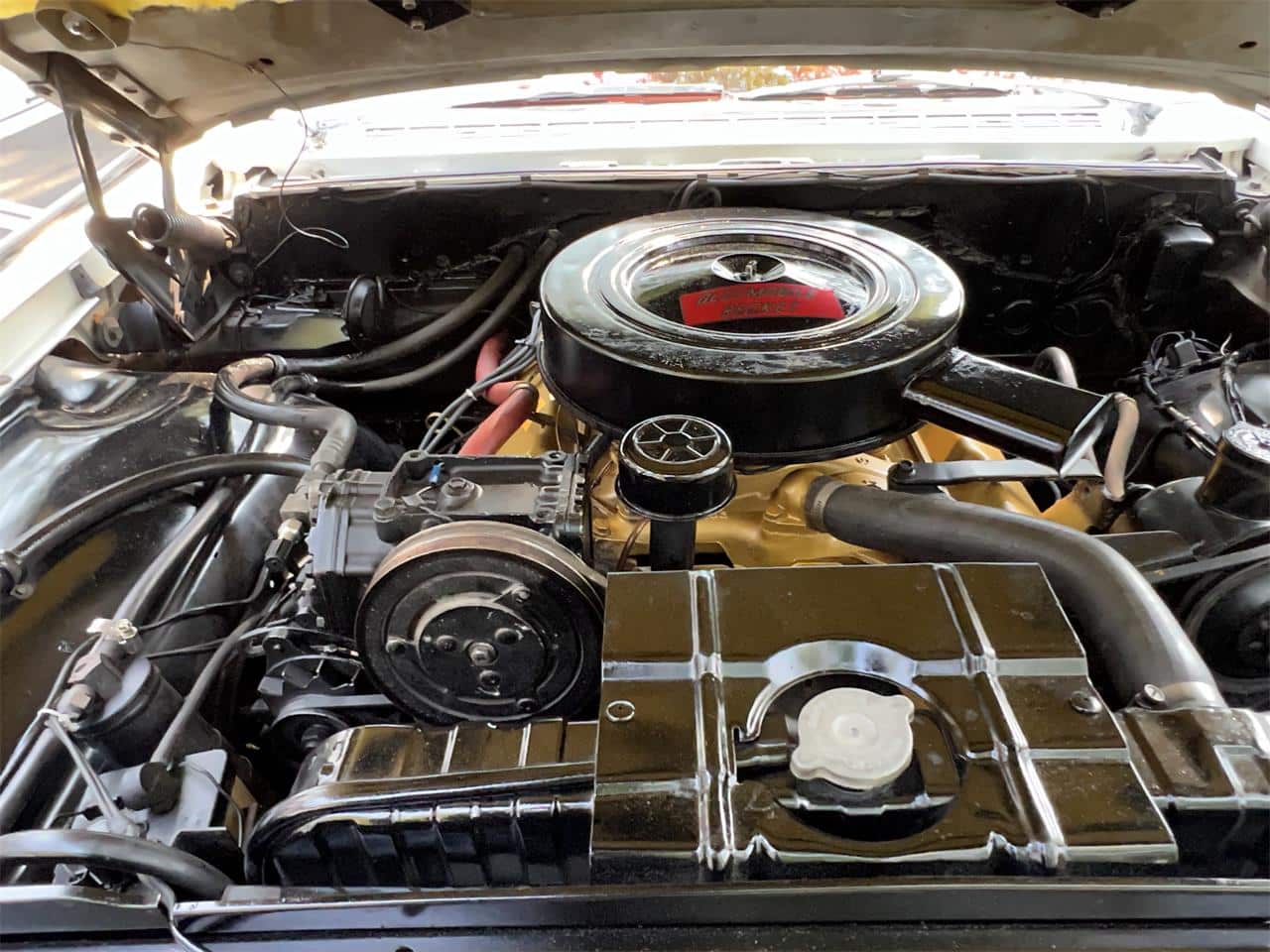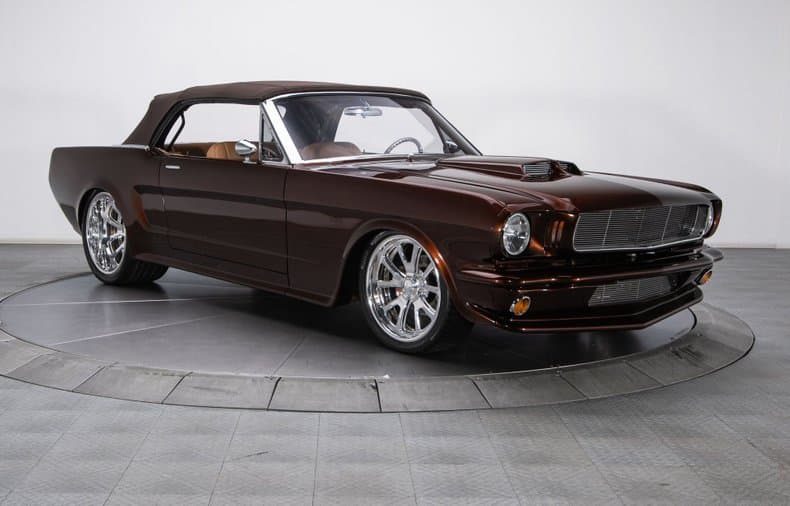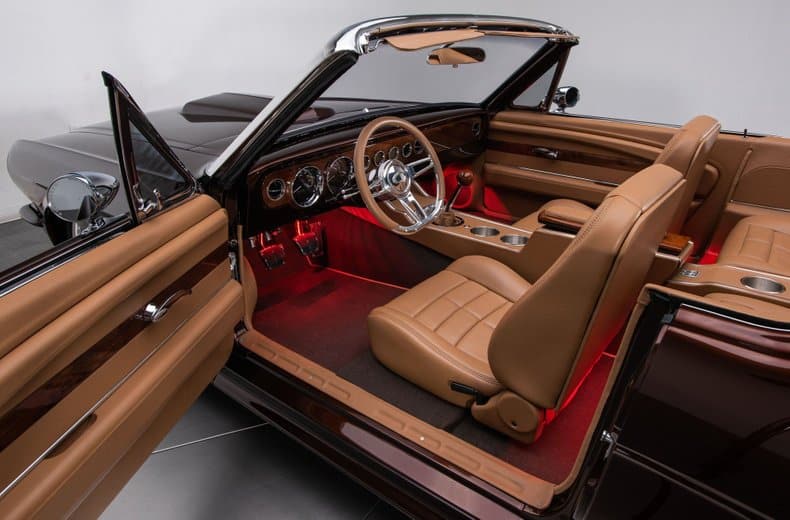A 1975 Oldsmobile Ninety-Eight with family ties sees the light of day after decades of being stowed away.
Story and Photos by Chad Ehrlich
In 1957, Devere Dove bought out the Del Siedle Buick dealership in Great Bend, Kan., and the new Dee Dove Buick received its first batch of Buicks when the “Air Born B-58 Buick” starting hitting showrooms. In 1966, Dee Dove was able to acquire both Oldsmobile and Cadillac franchises to add to his successful Buick Dealership. This addition also included a new facility to house and the service all of the mid-to-upper-line General Motors vehicles it sold and serviced.
Enter Steve Ehrlich
In 1972, Steve Ehrlich left his job at his local Pontiac dealership and accepted a job as one of the mechanics at Dee Dove Buick-Oldsmobile-Cadillac. Even though Steve had been working on cars since he was a teenager, he only had a couple years of experience under his belt when he went to work for Dove’s, as it became known. He learned fast as he studied the differences between the different GM products. He also had help from some of the “old timers,” the mechanics who had been there for years. A few of those mechanics had been there since Dove’s received that first load of new Buicks in 1958.
Steve had a successful career at Dove’s, eventually taking over the shop as the service manager in 1978.
Larry Panning buys a new Olds
Larry Panning was a local farmer and loyal GM customer who also enjoyed photography. He was an avid supporter of his town, Ellinwood, Kan., and volunteered his time to multiple committees and organizations there. Larry was also a member of the local Lutheran church, and well known in his community. As his kids grew and started getting out on their own, Larry decided it was time for a new GM car. This time, though, he wanted something that was a little classier than the regular family sedans that he had driven while raising his family. In 1974, Larry began looking for his next new car. At that point, he had also started becoming involved in local and state politics, so his patriotism was also on his mind as he was car shopping. A loyal customer of Dee Dove’s, on Nov. 20, 1974, Larry picked up his newest car, a 1975 Oldsmobile. This time, however, the car wasn’t just a basic sedan.
Larry’s new Oldsmobile was a Spectre Blue Ninety-Eight Luxury Coupe, a top-of-the-line Oldsmobile loaded with options. This sticker price on the new Ninety-Eight was a whopping $7,288.40! Even though his new Oldsmobile was loaded with options from the factory, there were two options that the dealership added to the car, as was common in the ’70s — body side moldings for $44.95, and a half vinyl top for $109.95. With a cash discount plus sales tax, this brought the Oldsmobile’s out-the-door total price to $6,346.14. That was still a lot of money in those days, but it was also a lot of car!
The Pannings drove the Ninety-Eight Luxury Coupe as their daily vehicle. For years it took them to church, committee meetings and out to the farm. They used it regularly until 1983, when another Oldsmobile was purchased for daily transportation, thus relegating the Ninety-Eight coupe to backup duty.
Around 1990, the old Ninety-Eight coupe wasn’t being used much anymore, and it was parked in a small building located on the back corner of property in Ellinwood. The Pannings kept the tag current for another 10 years or so, just in case the old car may be needed for backup transportation. After that, she sat in peaceful slumber, out of sight and out of mind, but well-protected and out of the elements. Larry bought the car originally because it was a big, beautiful, loaded Ninety-Eight, and he cared for the car and wanted to make sure it was preserved.
Reunited through an Olds
Steve Ehrlich entered the car business, because he was a car nut. He left the dealership in 1990, but his love of cars never stalled. He even went into the collector car parts business as a side hobby. He has since built up a nice-sized collection and, like most hobbyists, he’s always looking for the “next one.” Last April, Steve heard about an old Oldsmobile that had been stored in a garage for years. He didn’t know anything about the car, just that it was an old Oldsmobile, and he was given a number to call. After a phone call, the owner’s name sounded familiar and a time was arranged to go see the Olds.
As Steve walked into the building, he could only see a cathedral-style taillamp through the doorway and he instantly knew the Olds was an old Ninety-Eight, and he knew which Ninety-Eight it was! As he went through the doorway to the other side of the building, there she sat, just as she had for the last 20-plus years, waiting for another chance to shine. Tragically, many of these big, old ’70s GM cars ended up in demolition derbies over the years, yet here sat an original, unmolested tank that Steve recognized from more than 45 years ago.
After a little negotiation and a few phone calls to other family members, a deal was made. Amazingly, only one tire needed air before she was ready to be rolled into the sunlight after all of those years. However, there was one other small problem: this is a big car, and there was only so much room between the small building on the back of the property and the nearby house, and it was a tight fit getting the old girl pulled out and turned in order to load her. It was like moving a battleship in a small port!
After the Ninety-Eight was in the sunlight, Steve was able to get a better look at her. Two of Larry’s daughters were there as their dad’s old Ninety-Eight rolled back into the sunlight. A search through the glove box revealed a few surprises, and it brought back a lot of memories, not for the family, but for Steve. The original window sticker was still in the glovebox and it confirmed Dove Buick-Oldsmobile-Cadillac as the selling dealership. The original new car prep sheet was also there, and it was signed by one of the old mechanics that Steve had worked with for years. Next was the sales receipt, which listed the dealer-added side moldings and vinyl top. Steve was even able to identify the body shop technician who had installed the top by the way the moldings were done!
It turned into an emotional day for everyone, as the family finally had decided to let go of “dad’s old car,” and Steve was able to relive some good memories while adding another car to his collection.
The Oldsmobile is currently in one of Steve’s buildings, awaiting its turn in the shop. A preservation of this car is planned, rather than a full restoration. The first order of business will be to get the car running and road worthy again. Most of the paint looks like it will buff out to a shine. As with most GM cars from this era, it will require new bumper fillers. The interior will need a little work, but most of it is still in decent condition for its age.
Cars connecting characters
In the old car hobby, you never know what you may see next. This Oldsmobile was found about 12 miles from the dealership where it was sold new, and by a mechanic who had worked on it years before, and who had not seen the car in decades.
We all love cars that bring back memories. It may have been the car that we wished we had when we were young. It may have been a car that a friend or an older brother had. It may have been a car that we saw in a magazine or had a poster of. Those all bring back memories. This particular car wasn’t that for Steve. It is a beautiful Spectre Blue Ninety-Eight coupe, and an awesome car at that, but it was also an old customer that he knew well. It was the names of coworkers and friends on the dealership paperwork from 45 years ago. It was even the envelope with the dealership letterhead printed in the corner. This particular Oldsmobile brought back memories in an unusual way. That’s why we love the old car hobby, and that’s what makes this Oldsmobile particularly special.
Editor’s note: Author Chad Ehrlich is the son of Steve Ehrlich, who found the car. Chad Ehrlich is the owner of Nobody Else’s Auto, a salvage yard that can be found on YouTube and Facebook.
If you like stories like these and other classic car features, check out Old Cars magazine. CLICK HERE to subscribe.
Want a taste of Old Cars magazine first? Sign up for our weekly e-newsletter and get a FREE complimentary digital issue download of our print magazine.
View the original article to see embedded media.
*As an Amazon Associate, Old Cars earns from qualifying purchases.


